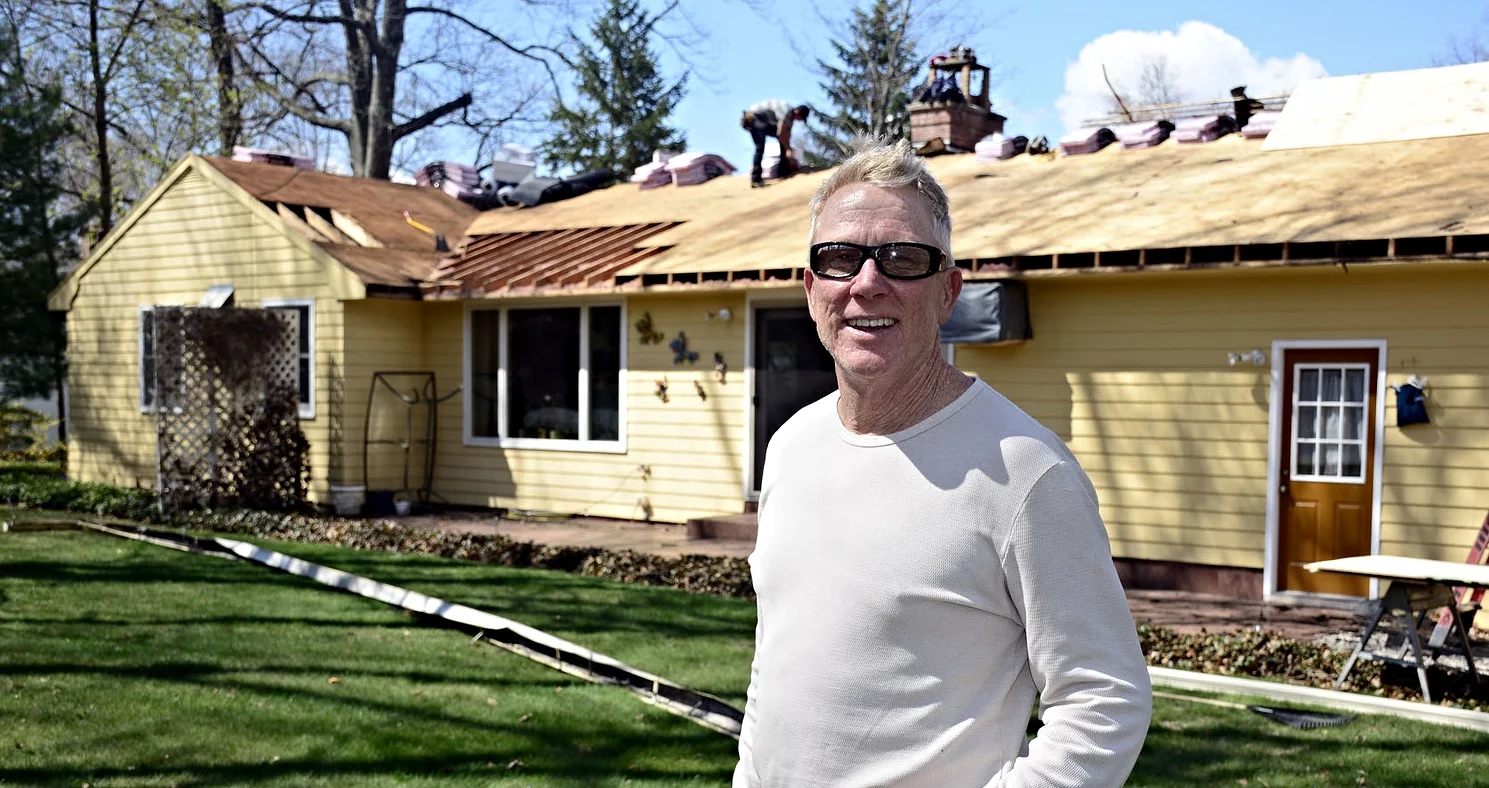Help! The Cold Weather Has Cracked Our Concrete
Chelsea O'Donnell
I received an interesting letter from a reader this week who said, “Dear Bob, we got started on our outdoor clean-up last weekend and noticed that the concrete in our patio area has some cracks that weren’t there in the fall. Is there anything we can do to fix it or do we have to have it professionally repaired? Thank you, Barbara D.”
This is a great question and it’s a common problem for homeowners during this time of year. Concrete, like most natural materials, changes with the environment. When there is a lot of snow, ice, and rain, that water can seep down into the porous concrete. As the temperature drops, the moisture freezes, causing the concrete to expand. When the temperature warms and the ground thaws, the concrete then shrinks, which leads to cracking. Most of the time, these hairline cracks aren’t problematic on their own but left untreated, it is likely that they will get bigger and tougher to fix. Unfortunately, cracking is one of the downsides to concrete and it can be tough to prevent. On the flip side, fixing them is relatively simple, so let’s walk through it.
First, you’ll always want to work with a very dry surface, so don’t start this project if it has recently rained. Once the weather is ready to cooperate, be sure that the cracks are completely clean of debris by using a chisel to remove loose pieces of concrete, dirt or sand. Next, you’re ready to fill the crack using either a concrete caulk for small cracks or a pourable concrete mix for larger gaps. Always follow the manufacturer's directions as some products will require you to fill the crack with sand and others will recommend using a trowel to pack down the material. Then leave it plenty of time for it to cure before sealing the concrete to protect it from cracking again.
If you simply have too many cracks and you’d rather replace the concrete, here are a few things to remember. Firstly, make sure the pour is done in ideal conditions and ask your contractor about using plastic sheeting or a curing compound to control the moisture from the beginning. Next, don’t mess with it! Concrete takes three to seven days to set depending on the environment, so don’t rush it. Allowing the surface to harden completely before you use it can delay or prevent cracking in the future. Next, be sure to maintain your concrete with a sealant which will allow the right amount of moisture to come in and will let the surface breathe. Finally, check that your driveway or patio has proper drainage. The longer water sits on it, the more likely that it will seep through the surface. Taking these steps will help to ensure that your concrete stays looking newer for longer with less probability for additionally cracking after our next bout of extreme weather.
Bob O'Donnell is the owner of O'Donnell Bros, Inc., a Bristol-based home improvement company established in 1975. Email your questions for Bob to info@odonnellbros.com with the subject line “Ask the Pro”. All questions may be considered for publication. To contact Bob for your remodeling needs, call O'Donnell Bros, Inc. at (860) 589-5155 or visit www.odonnellbros.com. Advice is for guidance only.
